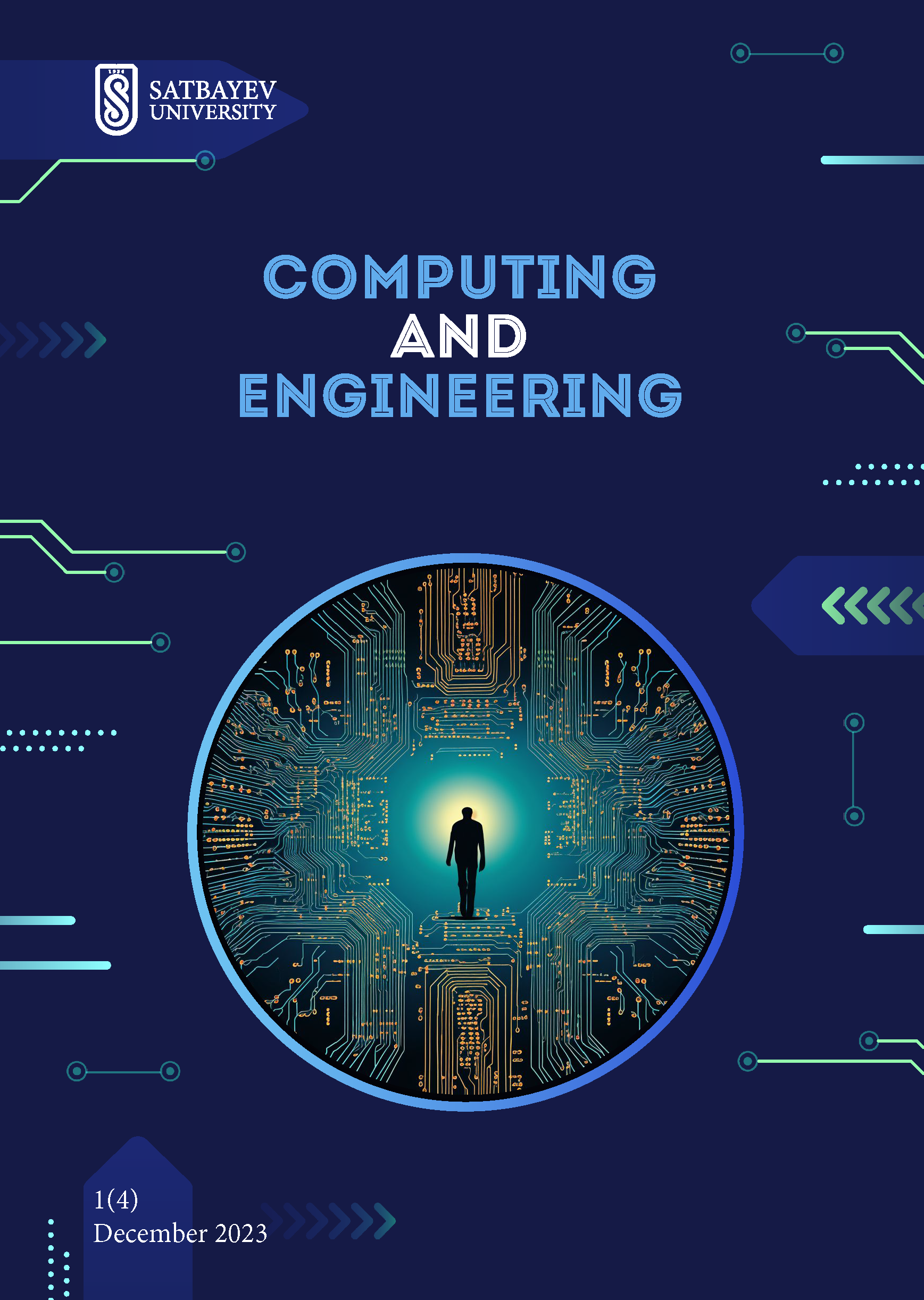Research of existing machine learning methods for borrower credit scoring
DOI:
https://doi.org/10.51301/ce.2023.i4.02Keywords:
credit scoring, scoring models, machine learning algorithms, logistic regression, decision trees, random forest, support vec-tor machine, extreme gradient boostingAbstract
This research thoroughly explores how machine learning methods are used to evaluate the creditworthiness of borrowers, specifically those associated with second-tier banks. The main focus of the article is on using current scientific literature to explain the latest trends in credit scoring. The study gives a detailed overview of the credit process, pointing out important stages and factors that affect decision-making. The authors take a deep dive into various data sources used in scoring, explaining how they help make credit assessments more accurate and fairer. They analyze the strengths and weaknesses of different machine learning methods, figuring out how effective they are and if they suit second-tier banking. The article provides a detailed comparison of various machine learning methods, explaining where they work well and where they might have limitations. The research's importance lies in giving a broad view of machine learning methods, including recent updates and comparisons, acting as a starting point for future studies in this area. From a practical perspective, the article is useful for professionals in the banking sector by offering insights for the more effective use of modern machine learning methods in evaluating borrowers' creditworthiness. The study contributes significantly to understanding and applying contemporary approaches to credit scoring, offering valuable recommendations and practical strategies for those interested in this field.
Downloads
Published
How to Cite
Issue
Section
License
Copyright (c) 2023 Computing & Engineering

This work is licensed under a Creative Commons Attribution-NonCommercial-NoDerivatives 4.0 International License.
<div class="pkpfooter-son">
<a rel="license" href="http://creativecommons.org/licenses/by-nc/4.0/"><img alt="Creative Commons License" style="border-width:0" src="https://i.creativecommons.org/l/by-nc/4.0/80x15.png"></a><br>This work is licensed under a <a rel="license" href="http://creativecommons.org/licenses/by-nc/4.0/">Creative Commons Attribution-NonCommercial 4.0 International License</a>.
</div>





